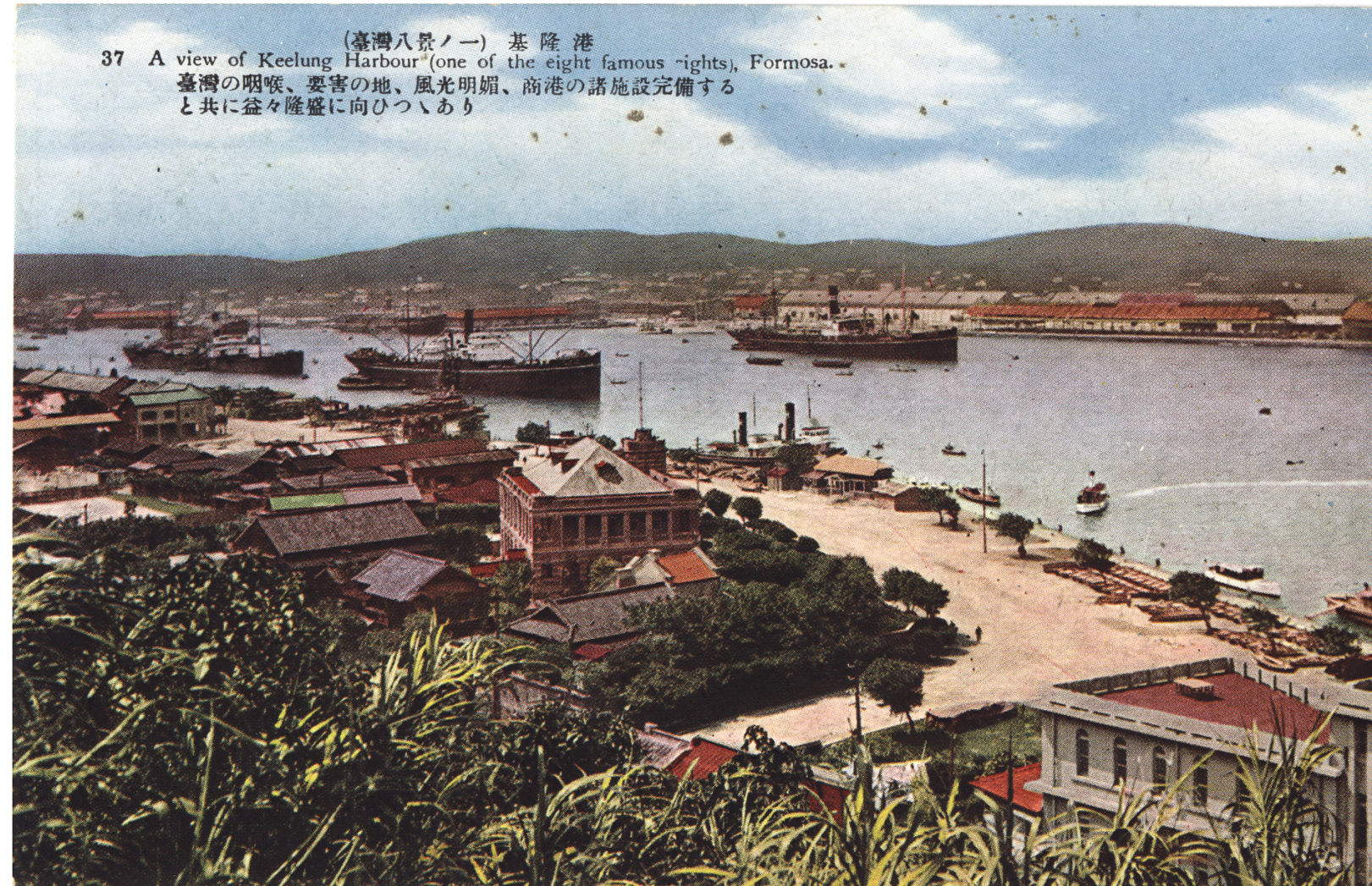|
Yen Shui-long was born in Xiaying, Tainan. He entered the Tokyo Art School in the early 1920s, studying western painting. Yearning to be in the center of the art world, he went to Paris to pursue further training from 1930 to 1932. During the Japanese colonial period, he was one of the few Taiwanese artists who went to France to learn to paint (see Figure 19). Yen Shui-long dedicated himself to promoting Taiwanese arts and crafts and engaging in projects to beautify cityscapes. His deep concern for Taiwanese culture is also reflected in his oil paintings. Indigenous cultures and Taiwan’s natural and cultural landscapes are common themes in his paintings. 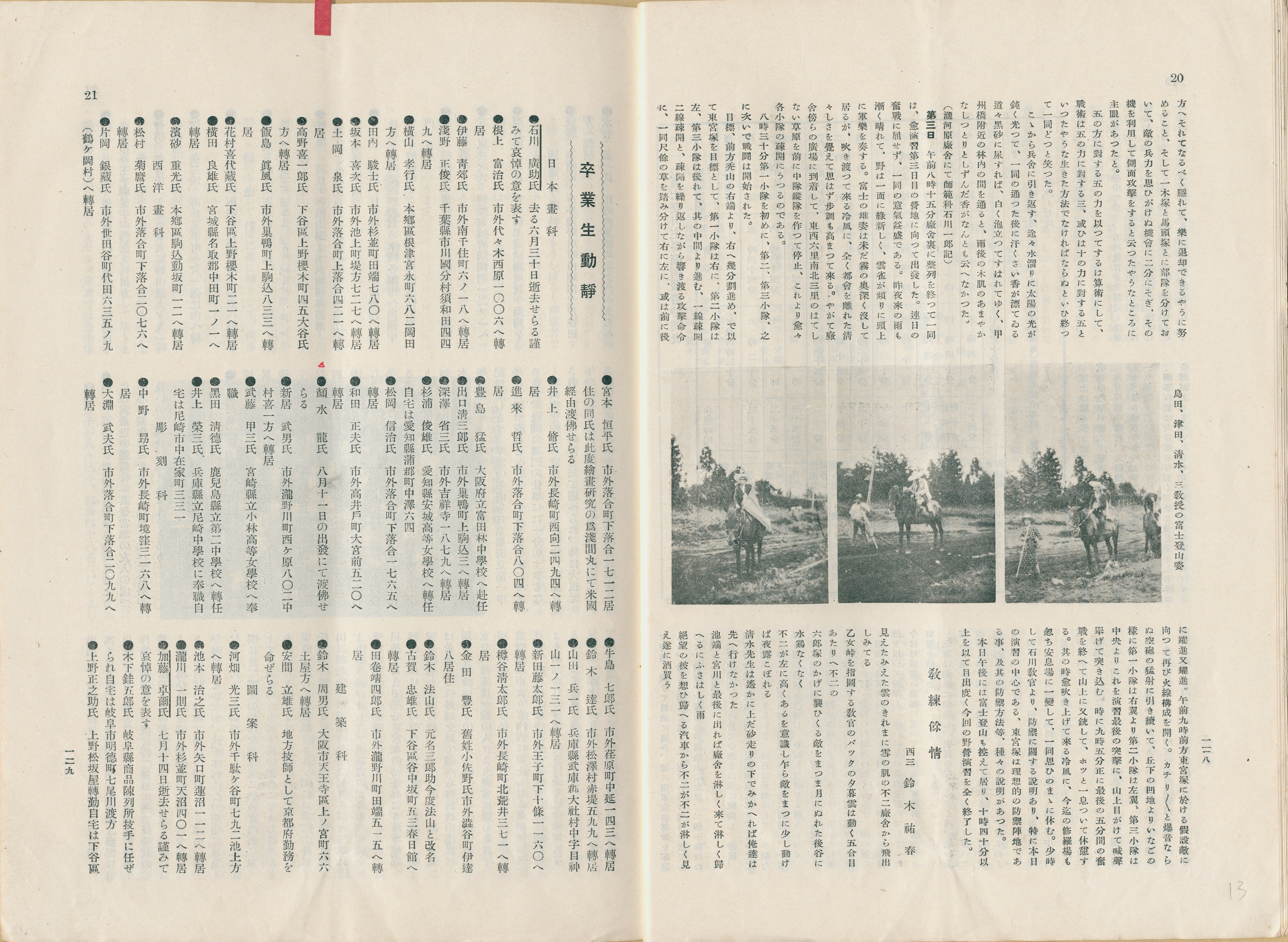 Figure 19: Image of the monthly magazine published by the Tokyo Art School Alumni Association in September, 1930, vol. 29, no. 4. In the alumni news section, it records that Taiwanese painter Yen Shui-long was going to study abroad in France.
Source: Identifier: T1033_02_0056, Guo Shuang-fu Collection, Taiwan Archival Information System After World War II, Yen Shui-long went sketching in Tamsui many times and created several paintings that use Guanyin Mountain as the main theme. Drawn in 1947, Guanyin Mountain (see Figure 20) depicts the olive-green mountain covering by the evening sun, mixing orange red, yellow grey, and brown colors. He painted it on the top floor of Zongshan Hall, a comparatively tall building in Taipei City, gazing at Guanyin Mountain as it stood by the river and sandbar calmly and magnificently. In 1964, he completed Evening Sunshine of Daojiang and Sketch of Guanyin Mountain (see Figure 21-22). He painted Guanyin Mountain in the same aspect but from a farther distance. Standing on a higher position and overlooking the settlements, Yen Shui-long used orange and red tones to portray the moment of sunset. Guanyin Mountain may have been a significant spiritual symbol in the artist’s observation of Taiwan’s cultural landscape. 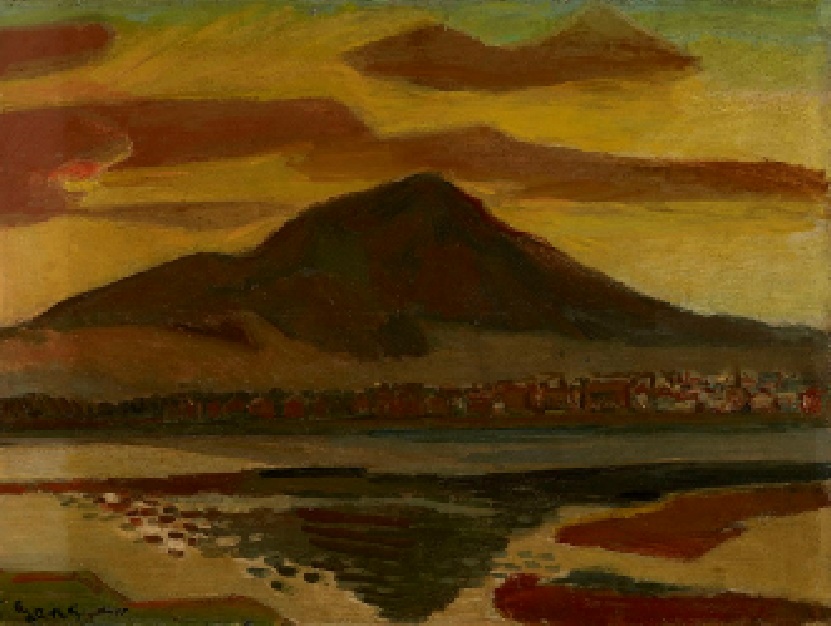 Figure 20: Guanyin Mountain, painted by Yen Shui-long, 1947.
Source: Identifier: GAN_04_01_007, Yen Shui-long Painting and Papers, Taiwan Archival Information System 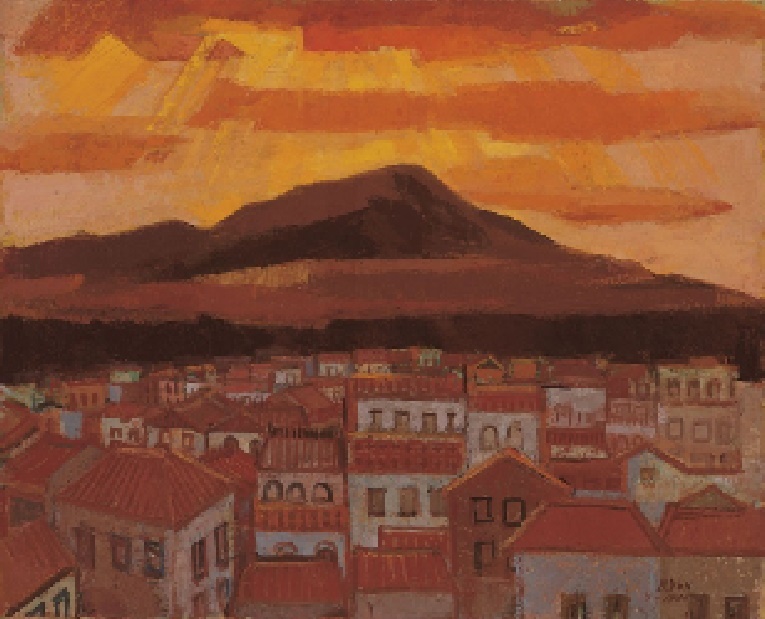 Figure 21: Evening Sunshine of Daojiang, painted by Yen Shui-long, 1964.
Source: Identifier: GAN_04_01_024, Yen Shui-long Painting and Papers, Taiwan Archival Information System 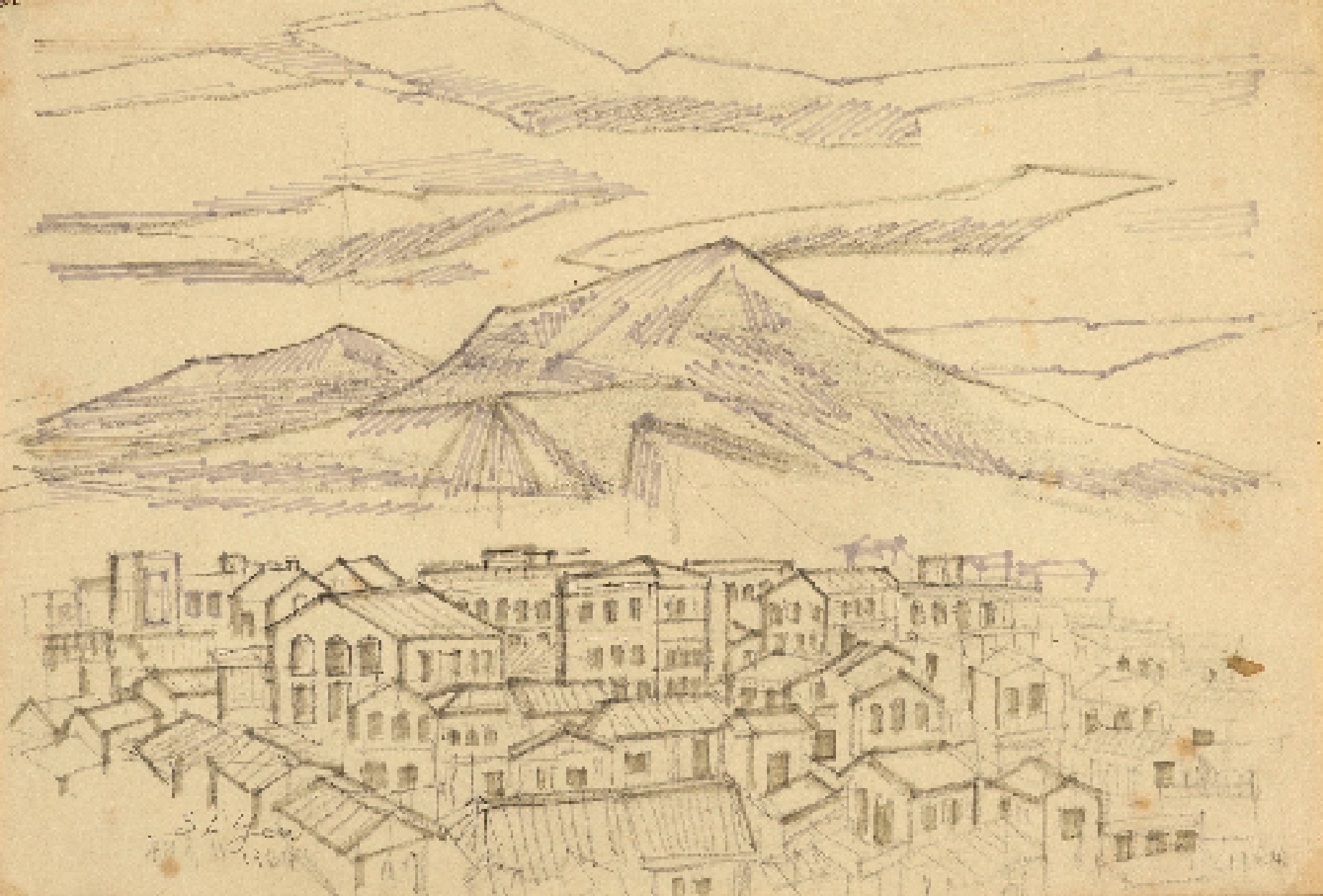 Figure 22: Sketch of Guanyin Mountain, painted by Yen Shui-long, 1964.
Source: Identifier: GAN_04_03_007, Yen Shui-long Painting and Papers, Taiwan Archival Information System Yen Shui-long might have thought of architecture as a form of art. He had said that the color of Tamsui’s tiled houses is very special and beautiful and thought that harder clay and high-temperature fire might have caused the red tiles to contain gradations of red and dark tones. Settlements in Tamsui are the common theme in his oil paintings. He liked to take an overall view, depicting the architecture as stacked blocks and arranging the atmosphere by using different lights, tones, and color temperature. Tamsui Scenery was painted in 1968 (see Figure 23). It portrays settlements in Tamsui beside the riverbank in a blue-green tone. Morning Sunshine in Tamsui, which was painted on the balcony of his accommodation while visiting Tamsui in 1975, has a dark blue tone and a silent atmosphere. He captured the moment at 2:00 a.m. and completed this painting after going back home. 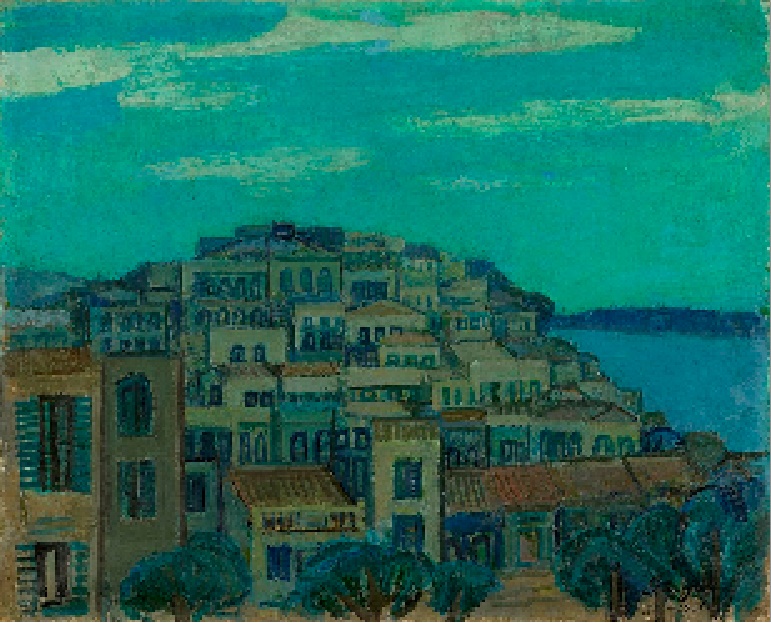 Figure 23: Tamsui Scenery, painted by Yen Shui-long, 1968.
Source: Identifier: GAN_04_01_027, Yen Shui-long Painting and Papers, Taiwan Archival Information System 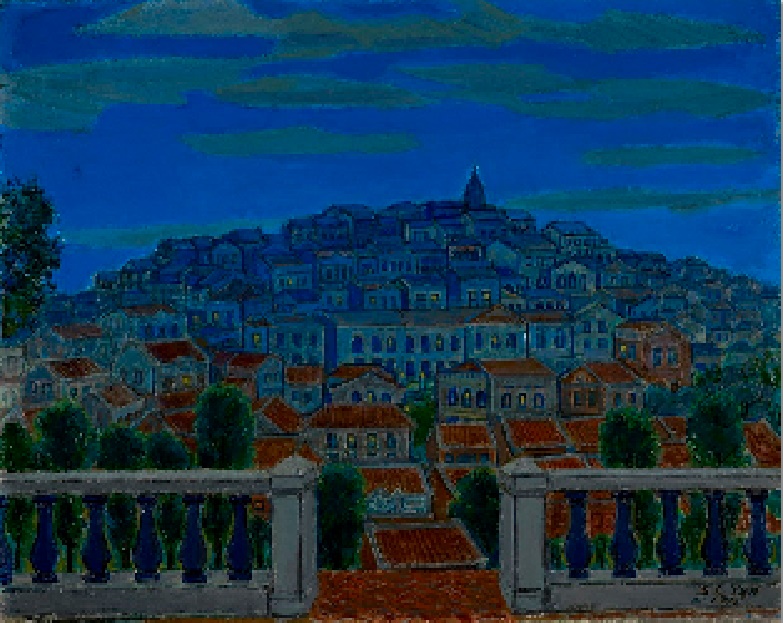 Figure 24: Morning Sunshine in Tamsui, painted by Yen Shui-long, 1975.
Source: Identifier: GAN_04_01_036, Yen Shui-long Painting and Papers, Taiwan Archival Information System |
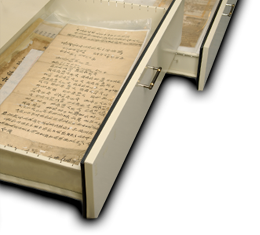 |


